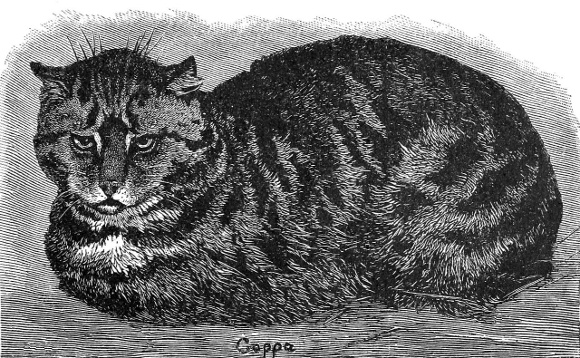John Keats, selected poems Contents
To Mrs Reynolds’s Cat: Synopsis and commentary
Synopsis of To Mrs Reynolds’s Cat
Keats addresses the cat which is now elderly and presumably sitting on Keats’ lap and digging its claws into him.
The first part of the poem speculates about the cat’s past and its career of killing for food and stealing scraps.
The second part dwells on the cat’s present and rather battered state, commenting that the only thing which remains ‘young’ about it is its still soft fur.
 Commentary on To Mrs Reynolds’s Cat
Commentary on To Mrs Reynolds’s Cat
Keats had first met John Hamilton Reynolds in 1816 and the man was to be one of Keats’ closest friends and supporters all his life. Reynolds had himself originally wanted to be a writer but, as a married man concerned about supporting his new wife, he gave up literature for the Law. However, he still found some time for writing and for writing reviews. Keats was a frequent visitor to the Reynolds’ home and he wrote this poem on January 16 1817.
Glossary
climacteric: ‘a critical period in human life, in which some great bodily change takes place, especially the menopause, or the equivalent in men’ (Chambers Dictionary)
segments green: referring to the cat’s eyes
frays: battles or fights
maul: rough treatment
lists: palisades enclosing an area for tournament (in Medieval times)
glass-bottled: Shards of glass from broken bottles are sometimes stuck on top of walls in order to deter intruders. They are a particular hazard for cats.
Investigating commentary on To Mrs Reynolds’s Cat
- Look at the words glossed above. Are any of them surprising in a poem about a cat?
- What do they suggest about the tone of the poem?
- Is this a purely private poem for Keats and his friends to enjoy, or is it of wider appeal?
- Give reasons for your response.
Belonging to the Middle Ages.
Recently Viewed
Related material
Scan and go
Scan on your mobile for direct link.